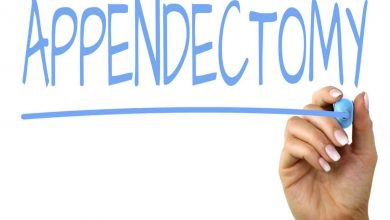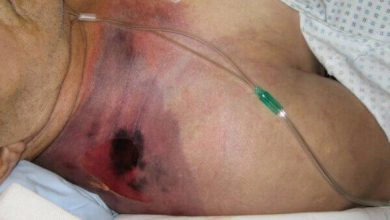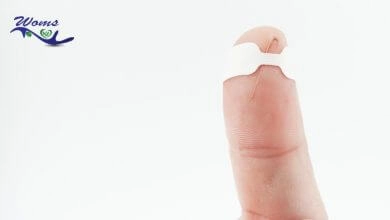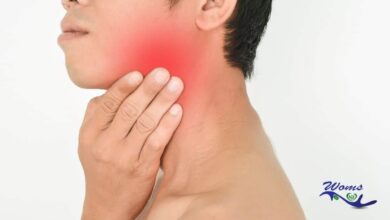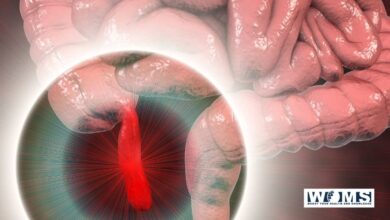Portal Triad: Essential Structures and Associated Diseases

The portal triad consists of three important structures that play a key role in blood supply. It contains the extrahepatic structures, including portal vein, hepatic artery, and bile ducts.
- The hepatic artery is a branch of the common hepatic artery. It supplies blood to the liver and gallbladder.
- The portal vein is the drainage site for the spleen and small and large intestines. It is not a true vein, but it supplies nutrient-rich blood to the liver from the GI tract and spleen.
- Bile ducts are a tubular structure that is a pathway for bile from the gallbladder to the lumen of the duodenum.
Anatomy and physiology of Portal triad
The Portal triad is connected with the hepatoduodenal ligament. The hepatoduodenal ligament is a double-layered tubular structure that surrounds the portal triad. These portal triad structures are in the proper position. Portal vein posterolaterally, hepatic artery medially, and bile ducts are lateral.
Hepatoduodenal ligament
The main function of the Hepatoduodenal ligament is to protect the contents of the portal triad. The hepatoduodenal ligament is also a surgical landmark to help various surgical procedures like the Pringle maneuver.
Portal triad
The portal triad offers sufficient blood supply to the liver. In addition, it also increases bile flow from the gallbladder to the lumen of the duodenum. The portal vein provides about 75% of the liver’s blood supply. A leftover 25% of the blood supply comes from the hepatic artery.
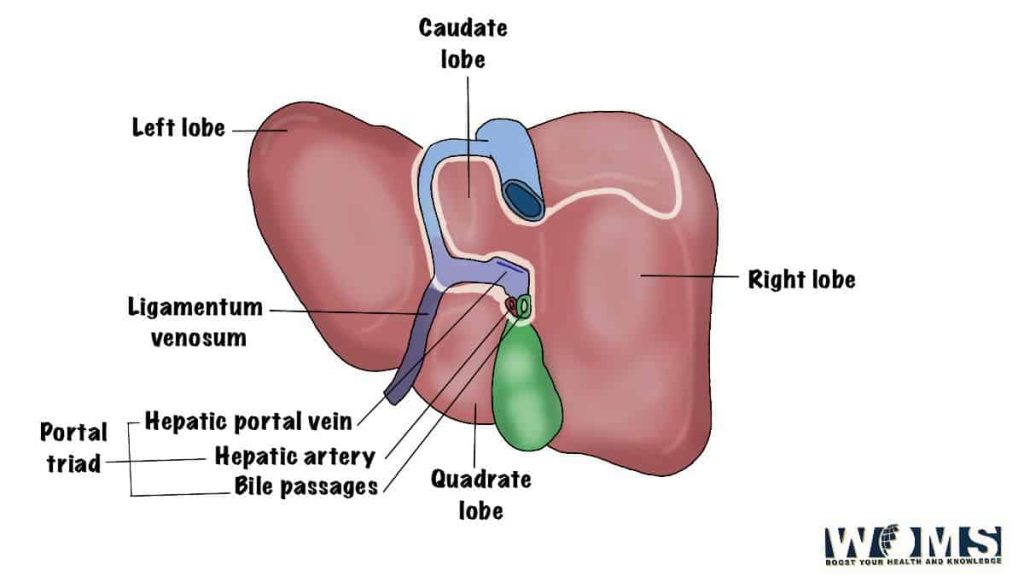
What are the diseases associated with portal triad contents?
The Portal triad is a combination of important structures that are the main supply lines of the liver. There may be several diseases associated with the portal triad. Any disease may cause dysfunctioning of the structure leading to the impaired functioning of the liver. Let us have a look at the pathologies associated with them.
Portal vein
The portal vein carries the blood from the gastrointestinal tract and supplies it to the liver cells. This vein is important as it provides the major nutritious blood supply to the liver. There may be some functional abnormalities of the portal vein. In addition, cirrhosis of the liver may also disturb the portal vein.
Portal hypertension
Increased blood pressure in the portal vein is known as portal hypertension. This is a major complication of liver disease(cirrhosis). It may cause ascites (excess fluid in the abdominal cavity), varices (varicose veins), And encephalopathy(impaired neuropsychiatric function)
Hepatic artery
The hepatic artery is a branch of the celiac artery that provides blood supply to the liver and gallbladder. There may be some pathological disturbances of the hepatic artery that can impair the proper function.
Hepatic artery stenosis
Hepatic artery stenosis is a complication of a liver transplant. Hepatic arteries may get stenosed after a liver transplant leading to hepatic artery thrombosis.
Hepatic artery thrombosis
There may be a chance of thrombus formation in the hepatic artery. Moreover, patients with atherosclerosis have a greater chance of thrombus formation. It may cause infarction of the hepatocytes. In this way, it can disturb the blood supply of the liver.
Bile duct
There may be an obstruction of bile ducts leading to the impaired flow of bile. In addition, there may be an inflammation of the biliary duct system leading to different diseases.
Clinical significance of portal triad
The hepatoduodenal ligament is an important structure used in various clinical aspects to diagnose any pathology. Viscera of the upper abdomen, pelvis, and body wall connect through the peritoneal ligament, including the hepatoduodenal ligament. Therefore, it is an important structure that can connect inflammatory and neoplastic diseases of the stomach and retroperitoneum to the liver.
The most common mechanisms are direct invasion and lymphatic extension. Lymph nodes can help in spreading these fatal diseases to the liver structures. There may be a metastatic spread of these diseases via blood. The portal vein, which carries blood from the GI tract, can also be a cause of spreading these neoplastic diseases.
Conclusion
The Portal triad is an important structure related to the liver. It contains three tubular structures that are helpful for the blood supply of the liver. These structures are also important in various surgical procedures as a landmark.
These structures are in a double-layered covering hepatoduodenal ligament. The hepatoduodenal ligament provides an anatomical landmark for the Pringle maneuver.
Moreover, these portal triad structures can also be a cause of the metastasis of various viscera. The portal triad is in connection with peritoneal structures. In this way, a portal triad can spread these metaplastic tumors through lymph nodes or blood supply. Therefore, it is important to assess these structures during diagnosing any pathology.
Frequently asked questions (FAQs)
What happens if an injury happens to the portal triad?
Injuries to the anatomical structures of the portal triad are usually rare and fatal. Uncontrolled intraabdominal hemorrhage from an injured portal vein is a primary cause of death. These injuries are usually difficult to diagnose and challenging. Rapid control of bleeding is the treatment of choice.
What makes a portal triad?
A branch of hepatic artery, portal vein and bile duct makes a portal triad. Connective tissues wrap all these three structures thus forms a portal triad.
What is the function of portal vein?
Portal vein carries blood from the intestine, pancreas, gall bladder and spleen to the liver.
Are porta hepatis and portal triad same?
No. Portal triad is the combination of a branch of hepatic artery, portal vein and bile duct. These all are the structures that are present in porta hepatis.
